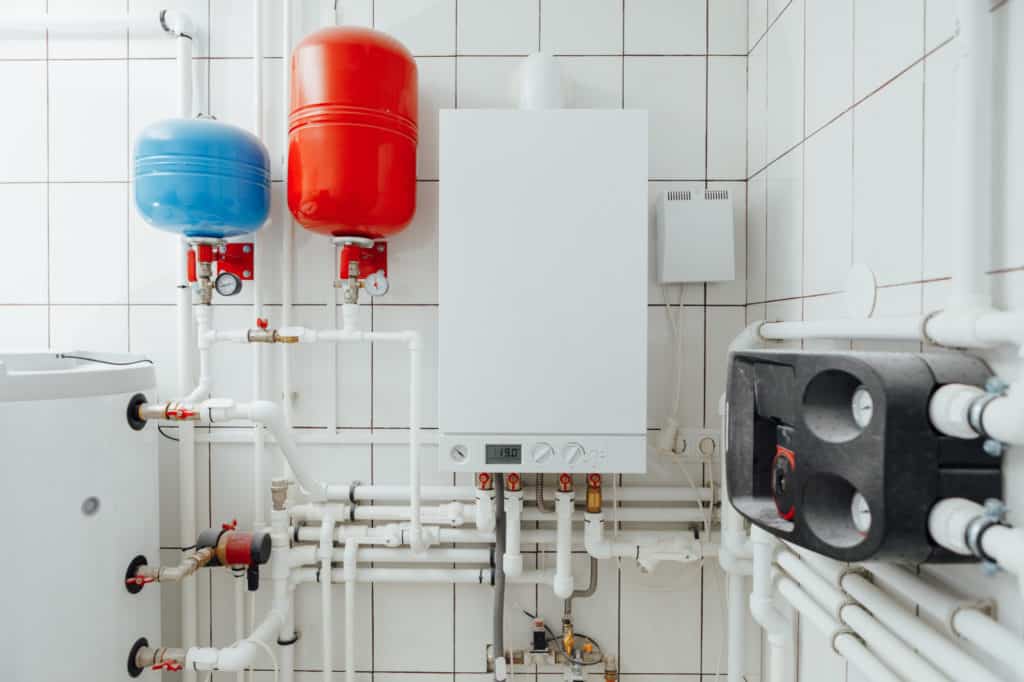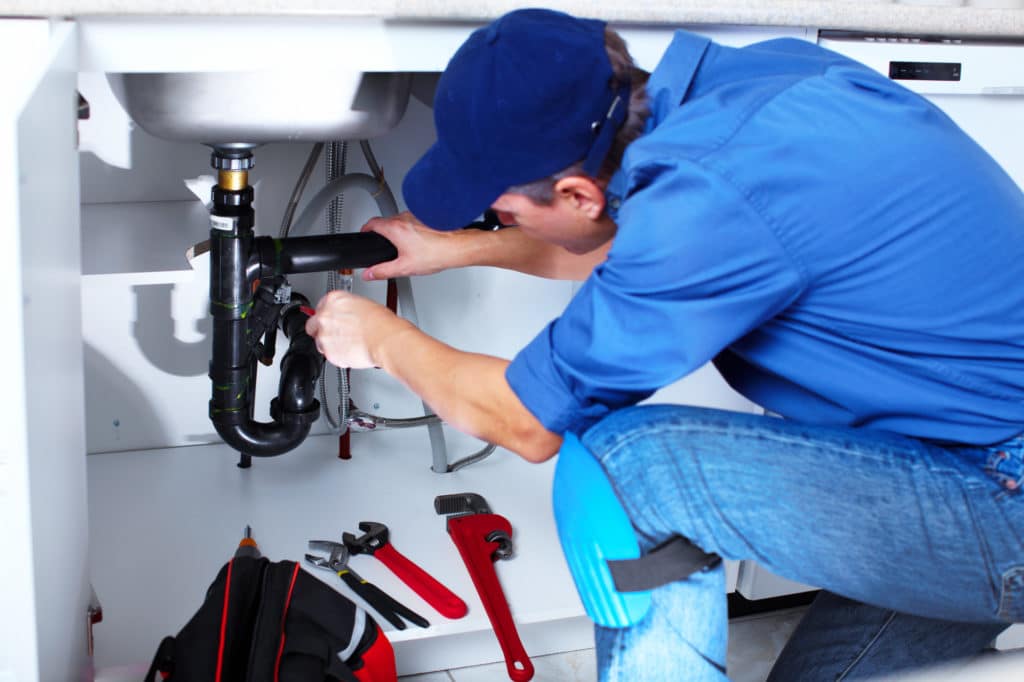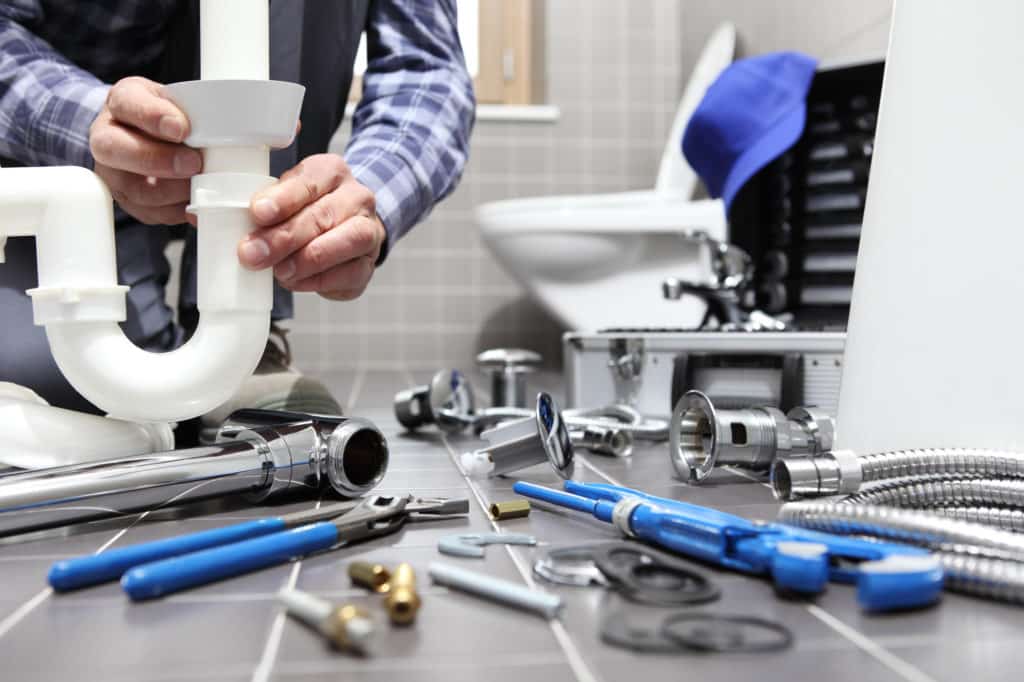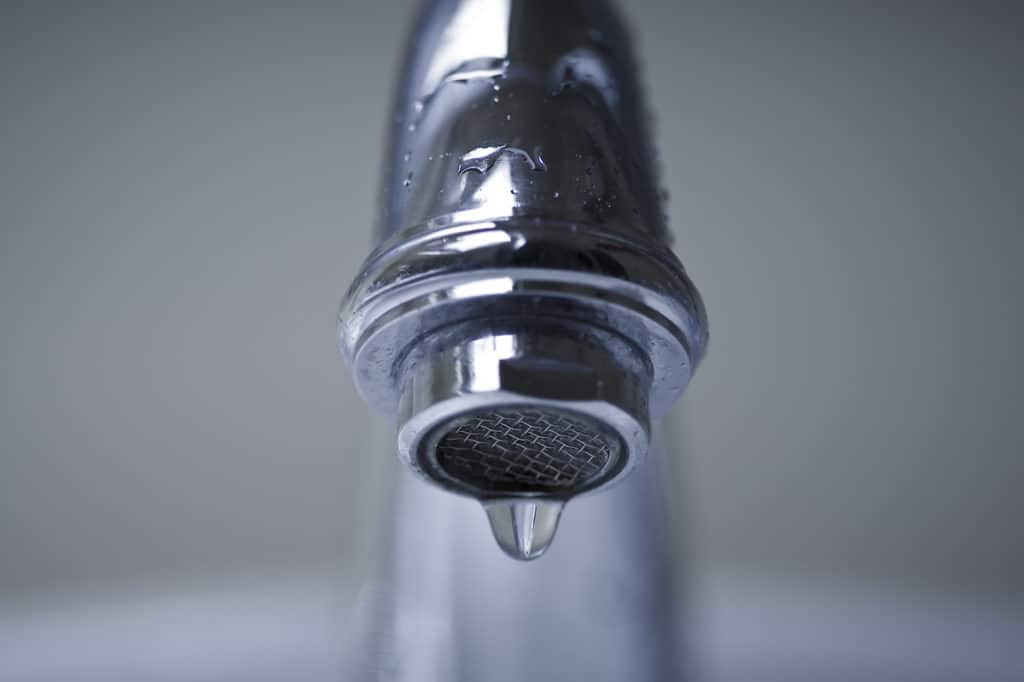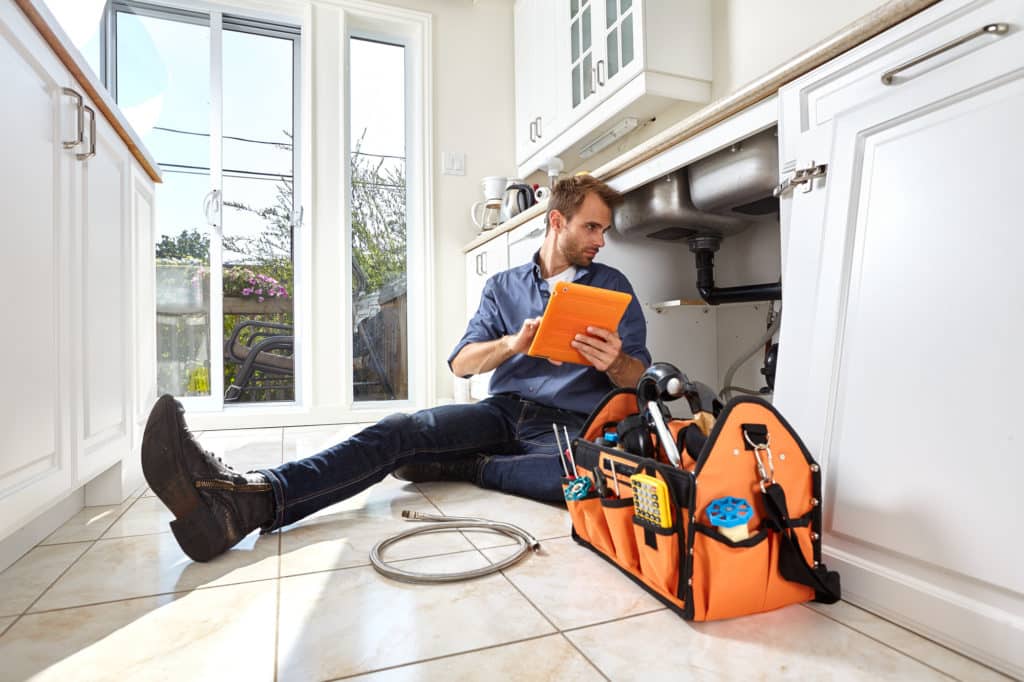As winter approaches, it’s crucial to prepare your home for the colder temperatures, and one often overlooked aspect is protecting your outside hose bibs. These fixtures are susceptible to freezing, which can lead to costly damage. In this comprehensive guide, we’ll explore why winterizing your outdoor faucets is essential, the potential risks of neglecting this task, and provide step-by-step instructions on how to protect your hose bibs from freezing in winter. Additionally, we’ll discuss the importance of hiring a plumbing repair professional to avoid costly issues that can arise from frozen pipes.
Understanding the Importance of Winterizing Hose Bibs
Before we delve into the practical steps of winterizing your outside hose bib faucets, it’s essential to understand why this task is so crucial. When water freezes, it expands, and this expansion can wreak havoc on your plumbing system. If water is left in the pipes and fixtures, it can freeze, leading to burst pipes and damaged faucets.
The hose bib faucet, also known as an outdoor spigot or hose bib, is particularly vulnerable to freezing due to its exposure to the elements. When water freezes inside the faucet and connecting pipes, it can cause them to burst, resulting in leaks and water damage to your home.
The Risks of Neglecting Winterization
Neglecting to winterize your outside hose bib faucets can have serious consequences for your home and your wallet. Here are some of the risks associated with failing to protect these fixtures from freezing temperatures:
- Burst Pipes: The most significant risk of not winterizing your outdoor faucets is the potential for burst pipes. When water inside the pipes freezes, it expands, putting immense pressure on the pipe walls. Eventually, this pressure can cause the pipe to rupture, leading to leaks and water damage.
- Water Damage: Burst pipes can result in significant water damage to your home, affecting walls, ceilings, and floors. Repairing water damage is not only expensive but also time-consuming and can disrupt your daily life.
- Plumbing Repairs: Repairing or replacing burst pipes and damaged hose bibs can be a costly endeavor. By taking proactive steps to winterize your outdoor faucets, you can avoid these unnecessary expenses.
Step-by-Step Guide to Protect Hose Bibs from Freezing
Now that we understand the importance of winterizing, let’s explore a step-by-step guide to help you protect your outside hose bib faucets from freezing temperatures:
- Disconnect and Drain Hoses: Start by disconnecting any hoses attached to your outdoor faucets. Hoses can trap water inside, leading to freezing and potential damage. Once disconnected, allow the hoses to drain completely.
- Install Frost-Free Hose Bibs: Consider installing frost-free hose bibs if you haven’t already. These faucets are designed to prevent water from sitting inside the pipe where it can freeze. Frost-free bibs are installed with a slight downward pitch, allowing water to drain out when the faucet is turned off.
- Locate the Water Shut-Off Valve: Identify the water shut-off valve that controls the outdoor faucets. This valve is typically located inside your home, often in the basement or crawl space. Shut off the water supply to the outdoor faucets by turning the valve clockwise.
- Open the Outdoor Faucets: After shutting off the water supply, open the outdoor faucets to allow any remaining water to drain out. This step is crucial in preventing water from freezing inside the pipes.
- Install Frost Caps or Covers: Consider adding frost caps or covers to your outdoor faucets. These insulating covers help protect the faucet from extreme cold temperatures. They are easy to install and provide an extra layer of insulation.
- Apply Insulation to Exposed Pipes: If your outdoor pipes are exposed, insulate them using pipe insulation. This can be especially important if the pipes run through unheated areas. Insulation sleeves are readily available at hardware stores and are simple to install.
- Seal Gaps and Cracks: Inspect the areas around your outdoor faucets for gaps and cracks. Seal any openings with caulking or insulation to prevent cold air from reaching the pipes.
- Consider a Heating Tape: For added protection, consider using heating tape on exposed pipes. This electrically powered tape can help maintain a consistent temperature, preventing freezing.
- Regular Maintenance Checks: Throughout the winter, periodically check your outdoor faucets for any signs of leaks or damage. If you notice any issues, address them promptly to prevent further damage.
Winterize Your Hose Bib Faucets and Plumbing for a Worry-Free Winter
Winterizing your outside hose bib faucets is a critical task that should not be overlooked. By taking the time to protect these fixtures from freezing temperatures, you can prevent costly damage to your plumbing system and avoid the headaches associated with burst pipes and water damage. Follow the step-by-step guide outlined in this post, and ensure that your home is well-prepared for the winter months. Taking proactive measures now can save you time, money, and stress in the long run, allowing you to enjoy the winter season with peace of mind.
At Plumbing Pros DMV, we don’t just offer guidance on winterization; we also provide top-notch services for new faucet installations and frozen plumbing repairs in Gaithersburg and the surrounding Maryland area. Contact us to ensure your plumbing needs are met with expertise and care, regardless of the season. Your home’s plumbing is our priority.






